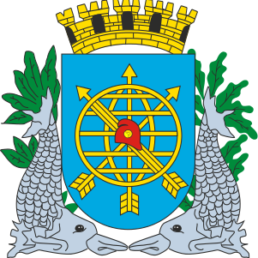Rio de Janeiro engaged citizens, municipal employees, and private stakeholders in creating its resilience strategy, identifying climate shocks in the city, and creating targeted measures to reduce the impacts.
The Rio Resilience Strategy was born in 2016 as a guide for Rio de Janeiro to become a global leader in resilience by 2035. Developed with the support of a group of sector-specific experts, interviews with 39 city departments, and workshops with private sector stakeholders, the strategy defines six key goals: understand and mitigate the impacts of severe weather; cultivate green, cool, and safe urban spaces; provide high-quality basic services to all citizens; promote a circular and low-carbon economy; and increase the overall resilience and cohesion of the city and its people.
4,400 citizens were involved in the creation of Vision Rio 500, the long-term planning document supported by the Rio Resilience Strategy
Cities100 – 2016
The specific actions that will help Rio de Janeiro achieve these goals address flooding, drought, lack of access to clean water, and securing a safer supply of energy by decreasing dependence on hydropower. The city hopes that this strategy, underpinned by targeted stakeholder engagement, will serve as a necessary intermediary between the city’s short-term goals, as set forth in the Strategic Plan 2017-2020, and long-term roadmap, Vision Rio 500.
The challenge
Climate impacts, such as strong winds and rain, sea level rise, and flooding, combined with increased heat waves and heat islands, threaten Rio de Janeiro’s residents and infrastructure. The Rio Resilience Strategy serves as a guiding document for how, in both the short and long term, the city can protect itself from these challenges and transform into a global leader in urban resilience measures.
Co-benefits
Economic By calling for the implementation of circular economic measures, the plan will help shape a new market for compost and solid waste, which have immense potential for job creation.
Environmental Improved management of water recourses, particularly sanitation, will reduce pollution in waterways, improving local ecosystems.
Health By reducing temperatures in the city through the introduction of green and cool spaces, the plan aims to reduce epidemics and pandemics such as dengue fever, Chikungunya, and Zika.
Social The city aims to create and implement a “Massive Online Open Course (MOOC) on Urban Resilience,” as part of the plan, educating the public on the importance of resilience and climate change.
About Rio de Janeiro
Rio de Janeiro is the second-most populous municipality in Brazil and the sixth-most populous in the Americas. Part of the city has been designated as a World Heritage Site, named “Rio de Janeiro: Carioca Landscapes between the Mountain and the Sea”, by UNESCO on 1 July 2012 as a Cultural Landscape. Rio de Janeiro is one of the most visited cities in the Southern Hemisphere and is known for its natural settings, Carnival, samba, bossa nova, and balneario beaches. It is considered the second most beautiful city in Brazil, after the city of Curitiba.


